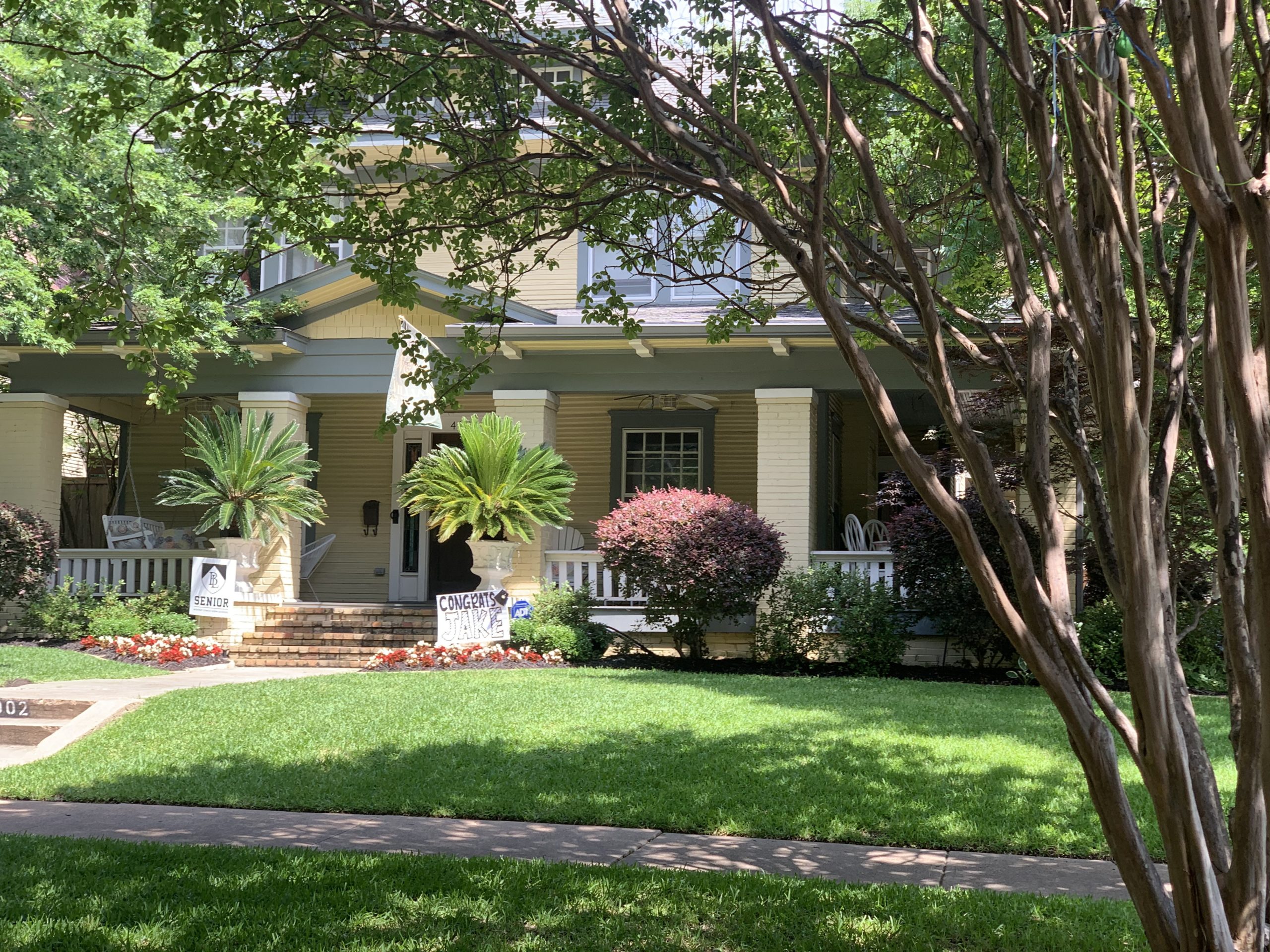
New Urbanism is Like a Virus
New Urbanism is a virus that keeps coming back in mutated forms – Organic Urbanism is the cure
– Douglas Newby
Why Does New Urbanism Need a Cure?


New Urbanism is like a virus. For 50 year it keeps coming back in mutated forms. It needs a cure.
First, the only thing new in New Urbanism is the new construction that tears down the organic city. A form of New Urbanism has been around for 50 years. Like I said, it is a virus that keeps coming back in mutated forms. But the scheme, of more density, new mixed-use construction, and fixed rail transit, replacing existing homes remains constant. The desire of planners to determine where you live and where you work also remains constant. New Urbanists are increasingly opposed to single family homes.
New Urbanists Do Not Like Single Family Homes

New Urbanists increasingly don’t like single-family homes, which most Americans prefer. Didn’t you enjoy living in a single-family neighborhood? Even if you didn’t, did you consider your single-family home an assault on civilization?
New Urbanists do!
New Urbanism Says Single-Family Zoning is Bad

There is a growing New Urbanism movement across the country that says single-family zoning is bad. There are some cities like Minneapolis that have banned single-family zoning that made up over 50% of Minneapolis. Some states, like Oregon, are considering abolishing single-family zoning for the entire state. Even the Dallas City Council unanimously voted to allow two-story backyard rental houses in single-family neighborhoods, despite the revitalization success Dallas has had with rezoning neighborhoods single-family.
Old East Dallas Revitalization is Result of Single Family Rezoning

City Councilmember Said Single-Family Neighborhoods No Longer Relevant
Former Dallas City Councilmember, Philip Kingston, said that single-family neighborhoods like Preston Hollow are no longer relevant. If this trend continues, your grandchildren or great grandchildren might never have a chance to live in a single-family zoned neighborhood, where they can play in front or back yards, or ride their bikes down the street, or have familiarity with longtime neighbors.
Organic Urbanism Works With People’s Preferences


In contrast, what I call Organic Urbanism works with people’s preferences, particularly those with families. It protects, preserves, and nurtures the city, allowing the creativity of individuals and neighborhoods to shape the direction of the city. This includes single-family homes as well as a diversity of existing housing types found in older neighborhoods.
Organic Urbanism Supports What People Want in their Diverse Neighborhoods
Organic Urbanism supports what people want in their diverse neighborhoods versus the New Urbanism desire for the monotony of high-density housing that they claim makes housing more affordable and mass transit more sustainable. Single-family and low-density neighborhoods come in many shapes and forms. Home owners can choose a neighborhood with the architectural continuity of homes built in the same decade. Or they can choose a neighborhood with a variety of styles built across several decades. Some low-density neighborhoods have small urban lots, some estate lots. Many older neighborhoods that people choose have a sprinkling of apartments. All of these low-density neighborhoods are defined by a canopy of trees.






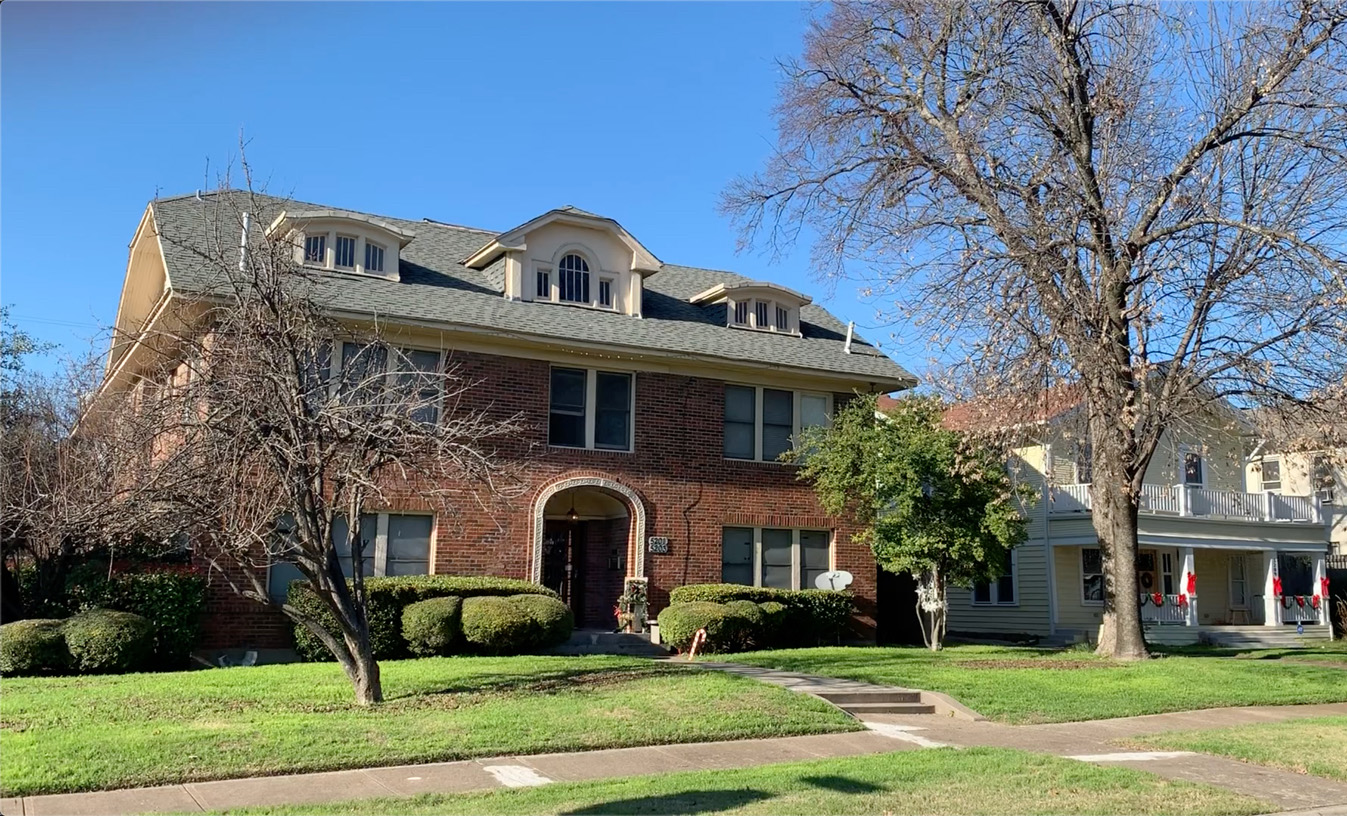
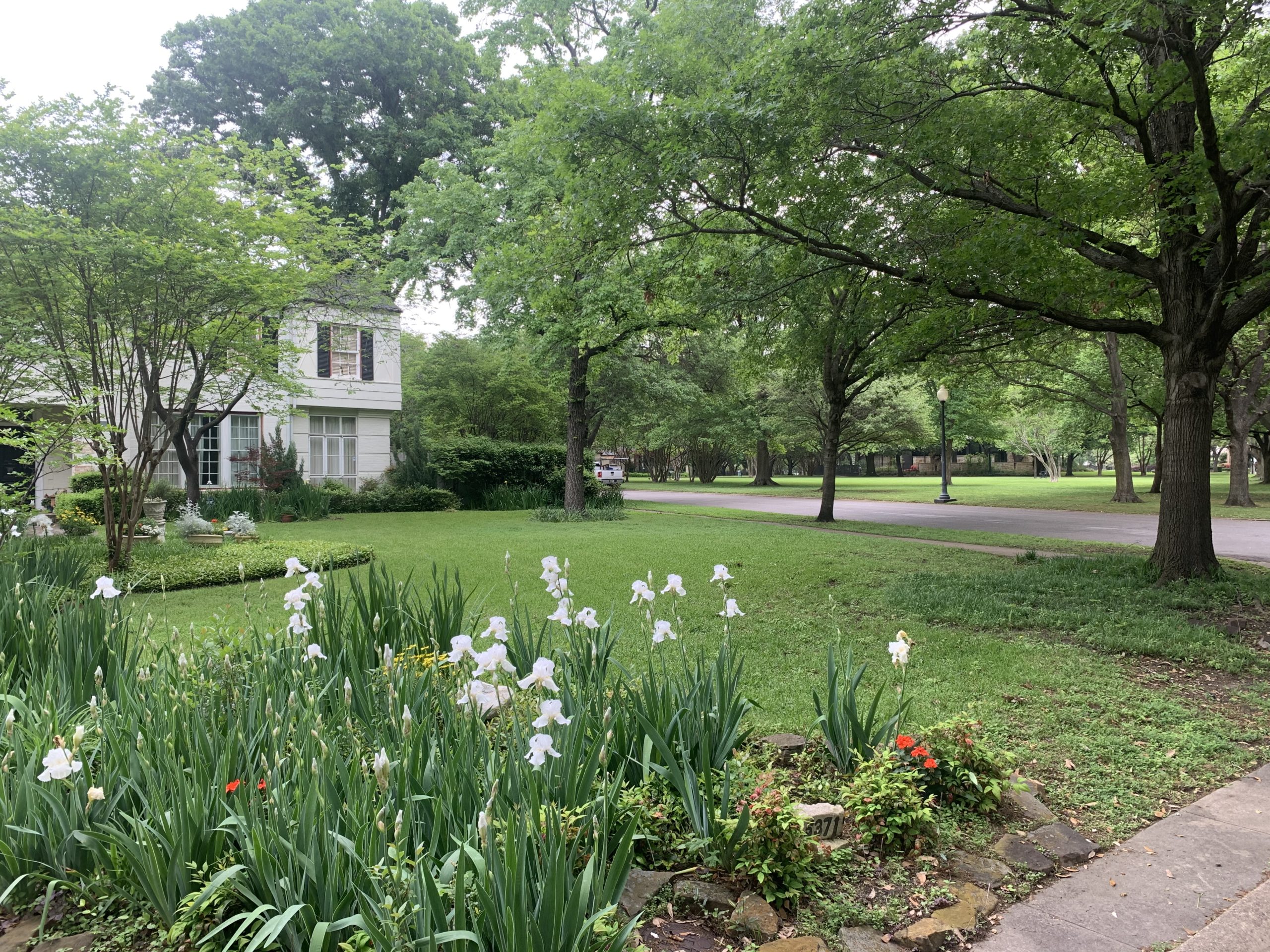
New Urbanism Favors Density to Support Public Transit
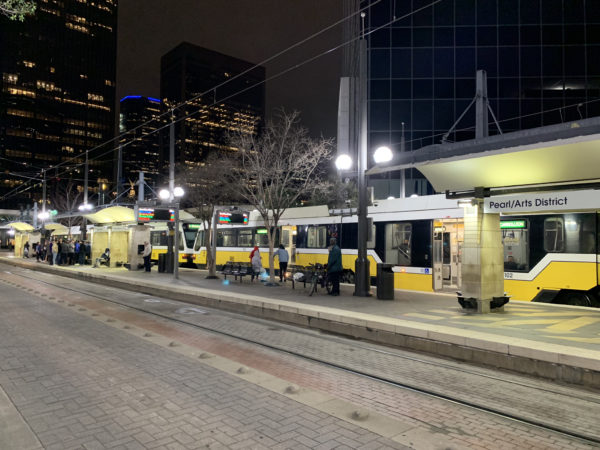
On the other hand, New Urbanism, particularly their allies in the planning profession, The New York Times reports, oppose single-family housing and favor density to support public transit. New Urbanist planners also claim density makes homes more affordable and makes for a better neighborhood.
Supreme Court Supported Single-Family Zoning in 1926
“Apartments Act as a Parasite on a Single-Family Neighborhood”
~ Supreme Court 1926

The New York Times also reported, that in 1926 the Supreme Court had a contrasting opinion, the court supported single-family zoning and in their zoning decision warned that apartments “…block the sun and air. They bring noise and traffic. They act as a parasite on a single-family neighborhood—until, finally, the residential character of the neighborhood and its desirability as a place of detached residences are utterly destroyed.”
Organic Urbanists Agree with Supreme Court – Apartments Act as a Parasite


Organic Urbanists 90 years later still agree with this Supreme Court opinion that apartments act as a parasite.


New Urbanism needs a cure. Organic Urbanism is that cure.
– Douglas Newby
Density and Parked Cars on Curbs Inhibit Running and Biking

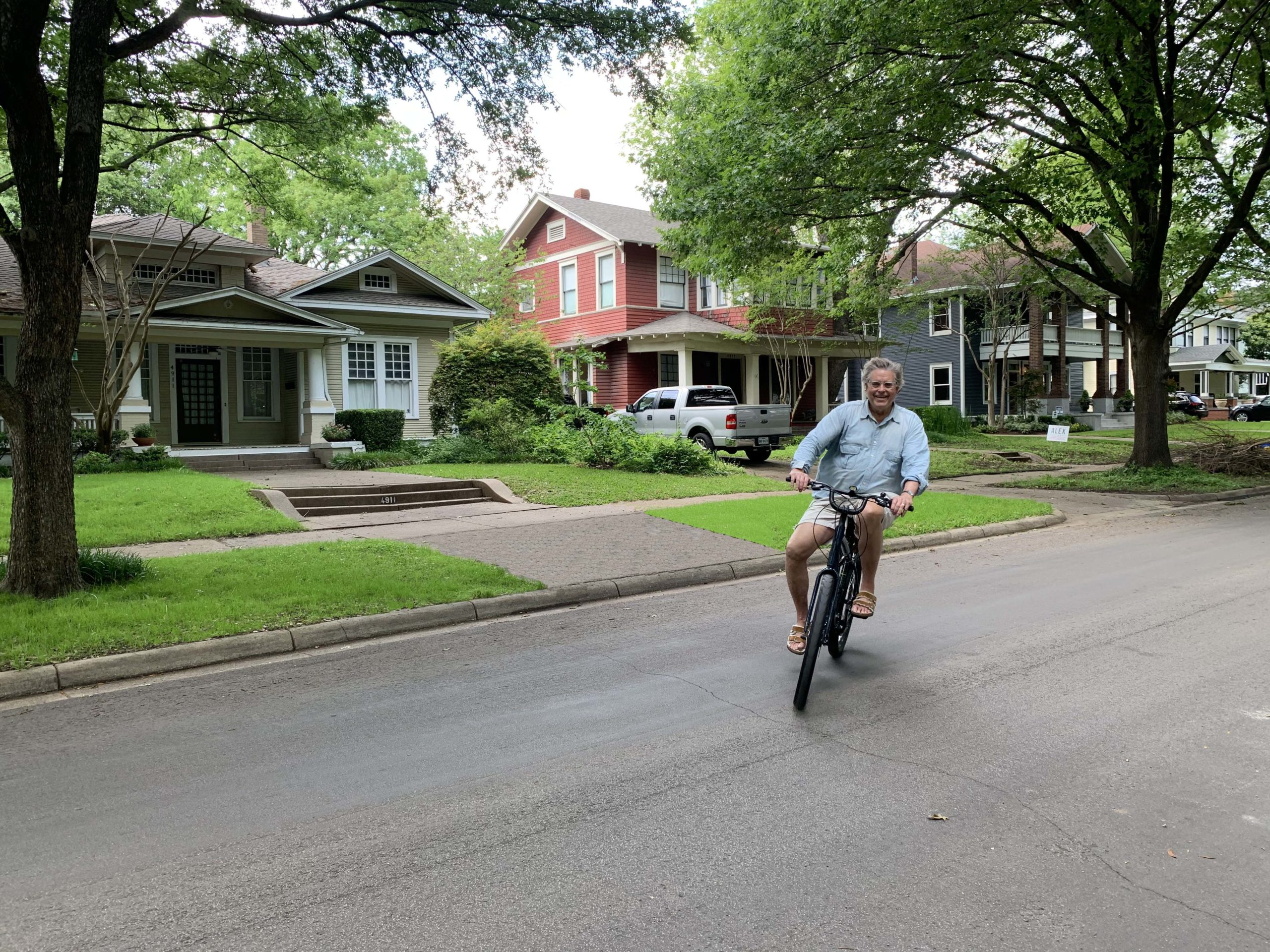
Organic Urbanists understand denser development makes neighborhoods less walkable and less desirable. Organic Urbanism strives to preserve, protect, and rejuvenate the existing housing stock of diverse sizes, styles, and conditions that is conducive to a mix of incomes and lifestyles.
Zoning for Less than What is on the Ground Preserves Existing Housing
Organic Urbanism also favors zoning for less than what is already on the ground. Less dense zoning provides the incentive to preserve and revitalize the existing housing stock, or lose the privilege of higher density on a lot if an existing multi-family building is torn down. For example, if a duplex or apartment house is zoned single-family and then it is torn down, it can only be replaced by a single-family home. This gives the owner incentive to maintain their existing duplex, fourplex, or small apartment house or they lose their privilege of having multi-family.




Organic Urbanism Approaches the City Like a Garden
I think of a City as a garden.
– Douglas Newby




Organic Urbanism approaches the city like a garden. There is an understanding that the evolution of buildings and uses should evolve rather than being plowed under and planted like an industrial farm. In a garden that is nurtured, one might plant a sapling with sun-loving flowers around it. Once the tree grows, one might plant, shade-loving flowers under the tree. There is a natural ebb and flow, of decay, rejuvenation, and new construction in an organic city.
Neighborhoods fall in and out of favor, creating opportunities for those of all incomes.
Direction of Diversity – Dilute Good Neighborhoods or Improve Out-of-Favor Neighborhoods
New Urbanism has a goal of creating diversity by diluting good parts of the city.

Organic Urbanism strives for diversity by improving out-of-favor neighborhoods.

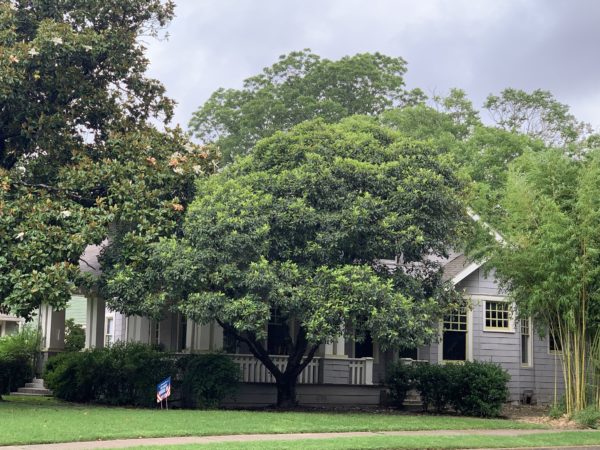
Eight Key Differences of New Urbanism and Organic Urbanism
Here, I will describe eight key differences of New Urbanism and Organic Urbanism.
1. Density versus Preservation

New Urbanism Is in Favor of More Density Replacing Existing Structures,
Even in a Shrinking City
New Urbanists prescribe density like doctors used to prescribe leeches.
– Douglas Newby

New Urbanists prescribe density like doctors used to prescribe leaches. It isn’t that pleasant and it doesn’t work. Organic Urbanism is like holistic medicine—in favor of preserving and rejuvenating the existing buildings in addition to adding new construction.
2. Vibrancy versus Nature

“When a city gets too crowded, no one wants to live there anymore!”
– Douglas Newby inspired by Yogi Berra
Millennials Are Moving Out of Cities
The Wall Street Journal backs this up. It reported that census figures showed that cities with over a half a million people collectively lost 27,000 Millennials aged 25 to 39 last year in 2018. New York, itself, lost 38,000 Millennials. This was the 4th year in a row cities lost Millennials led by those 35 to 39. Millennials are the most committed to the environment and they love living in nature surrounded by trees, gardens, and a pleasing environment.

Organic Urbanists understand Millennials interest in nature, trumps vibrancy, particularly when they begin raising families.
3. Income Diversity in Neighborhoods
New Urbanism is in favor of providing the rich with cultural amenities and the poor with services and subsidies, while ignoring the middle class.

Also, New Urbanism wants to create income diversity in neighborhoods by building moderate and expensive apartments and then subsidizing a percentage of those apartments for low-income residents. In contrast, Organic Urbanism creates income diversity in neighborhoods by rejuvenating inexpensive single-family homes, protecting middle-class neighborhoods, and encouraging expensive neighborhoods for high-income homeowners.
Organic Urbanism Encourages and Protects Middle Class Neighborhoods
This Organic Urbanism approach emphasizes emerging middle-class neighborhoods and protecting the middle-class residents that are disappearing in cities across the country.
Diverse Existing Housing Attracts Diverse Incomes
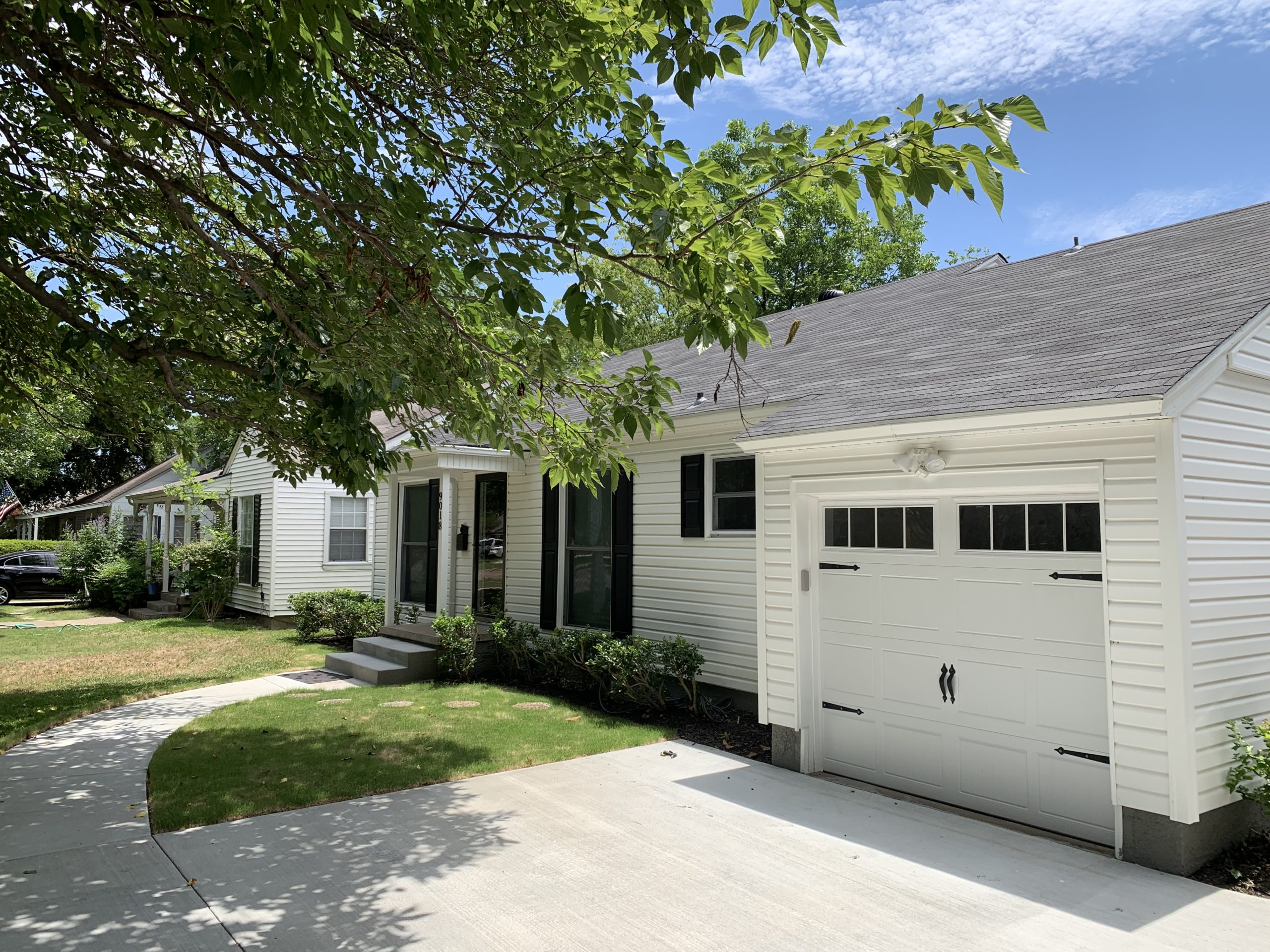


Diverse Housing Can Even Be Found Within a Six Block Area
Organic Urbanism recognizes that diverse sizes and conditions of older homes allow diverse incomes in older neighborhoods. Old East Dallas is a good example. In Mount Auburn, you will find $150,000 cottages, in Junius Heights $400,000 bungalows, in Munger Place $700,000 prairie style homes, and on Swiss Avenue $2.5 million historic mansions.




Friends and Clients Enjoy the Same Neighborhood with a Progression of Much Larger Homes
I have a friend and client upon finishing graduate school purchased an 1,100 square foot home at Trellis Court.

Upon establishing her practice, she purchased a 2,400 square foot home in Munger Place.

Ultimately she purchased a Prairie Style home on the Swiss Avenue Boulevard.

All of which were within four blocks of each other and in three different historic districts.
4. Mass Transit and Mobility
New Urbanism Calls for Mass Transit to Be Built Where People Don’t Want it

New Urbanism calls for fixed rail mass transit to be built where people don’t want it. Recently, New Urbanism planner, Christof Spieler, openly suggested at a D Magazine-sponsored New Dallas Summit, that we need the political will to put fixed rail where people don’t want it, through the middle of neighborhoods, in order to gain ridership.
NTCOG is Lobbying State to Divert Mass Transit Tax Dollars to Subsidize New Development Next to Fixed Rail
Michael Morris, the Director of Transportation for the North Central Texas Council of Governments, said they are lobbying the State Legislature to allow tax dollars that had been allocated for mass transit, to be diverted to subsidize new development next to fixed rail, just so more people will use the rail system.
Organic Urbanism Insists Transit Exists to Serve People Not the Other Way Around
Organic Urbanism instead acknowledges and applauds the incredibly diverse areas, fragile neighborhoods, and established buildings in Dallas where people live and work. It insists transit exists to serve people, not the other way around. Rather than tearing up neighborhoods for rail systems and forcing mass transit development, Organic Urbanists like 20th century forms of transportation like buses, and 21st century technology like Uber, autonomous vehicles, and air taxis that adapt to where people want to live and work. Also, Organic Urbanists want to entice people to walk by creating a pleasing environment, not forcing people to walk.
5. Schools
New Urbanists Want to Extract and Relocate Low-Income Populations

Since school busing did not work, New Urbanists now want to extract people from low-income neighborhoods and place them in new subsidized housing in expensive neighborhoods so they can live closer to better public schools.
Organic Urbanists Cheer On Schools that Attract Higher-Income Families to Lower-Income Neighborhoods
Organic Urbanists instead cheer on private schools, charter schools, ISD Academies, and collaborative public/private schools that are emerging in lower income neighborhoods. These schools also attract middle and high-income families to these lower income neighborhoods, creating a more positive and natural diversity.




6. Increase or Diminish Value of Single-Family Homes
“Single-family zoning is good economically for the homeowner but is bad morally for the city.”
– Chris Leinberger, New Urbanist
New Urbanist, Chris Leinberger, said at a D Magazine lecture, “Single-family zoning is good economically for the homeowner but is bad morally for the city.”
New Urbanists see a moral imperative to replace single-family housing with multifamily structures.
Organic Urbanists Value the Middle Class and Single-Family Homes
Organic Urbanists see things much differently. They know the economic viability of the city is dependent on the sustained value of single-family homes and a prosperous middle class who tend to live in them. Organic Urbanists also understand the middle class is the strongest lobby for good schools, good police, fire departments, and parks.
7. Affordable Housing
I bet many of you are in favor of the city subsidizing developers to build affordable housing? New Urbanism is a great advocate of subsidizing developers of affordable housing who want cheap land.
And where do developers find cheap land? Often, where the land is the cheapest—in $20,000-home neighborhoods. As a result, the demand and price of $20,000 homes goes up, as they are torn down for new affordable housing. The affordable housing subsidies for developers continue to eliminate opportunities for low-income homebuyers to buy these same $20,000 homes for themselves, as homes, not lots.


New Urbanism Favors Giving Developers More Apartment Height And Density in Exchange for Subsidizing Rent for a Percentage of the Apartments

New Urbanism is also in favor of giving a developer more apartment height and density for a new building in exchange for the developer subsidizing the rent of a certain percentage of the apartments in the building that will be designated for affordable housing units. Let’s say a builder wants to get permission to build a high-rise with apartments that will lease for $2,000 a month. Then the developer might have to set aside for 20 years, 10% of the apartments in the building, where the developer agrees to subsidize the rent. If a developer is required to subsidize the rent for each of these units at $1,000 a month, a tenant in an affordable housing unit is then only required to pay $1,000 a month rent instead of $2,000 a month rent that most of the others in the building pay. Whenever a developer is required to subsidize rent for some of the tenants, it always raises the cost for the other tenants in the building, making the city more expensive to live in.
Organic Urbanists Prefer Developers Providing Interest-Free Mortgages to Low-Income Persons
Organic Urbanists think a better approach than requiring developers to subsidize rent for a few apartments would be for the city to require developers to subsidize the interest on home mortgage loans to help low and moderate-income persons to buy a home. This would expand homeownership in the city.
For example, Organic Urbanists would prefer that a developer not spend $1,000 a month subsidizing one expensive set-aside apartment for a moderate-income renter, but instead have the developer spend that $1,000-a-month subsidy to pay for interest-free mortgage loans to three families, so each family could afford to purchase a $100,000 home. Or instead of a $1,000-a-month rent subsidy for one apartment, the developer could provide six interest-free mortgage loans on six $50,000 homes for six low-income homebuyers. Can you imagine how many low-income people could buy homes if they had a 20-year interest-free mortgage and Organic Urbanists providing knowledge on how to own a home?
The Greatest Economic Disparity between Black and White Families is Wealth
Organic Urbanists understand the greatest economic disparity between black and white families is wealth. Black families earn 70 cents on the dollar for what white families earn, but black families only have 4% of the comparative wealth of white families, largely due to the lower rates of home ownership. Subsidizing rent on apartments does not create wealth for low or moderate-income families.

Organic Urbanists Opposed Subsidizing Developers to Tear Down Inexpensive Homes for New Affordable Housing
Organic Urbanists also are opposed to subsidizing developers for their purchase of inexpensive homes that these developers will tear down so they can build new affordable housing. Organic Urbanists are in favor of preserving the existing housing stock that allows low-income families the opportunity to purchase a home.






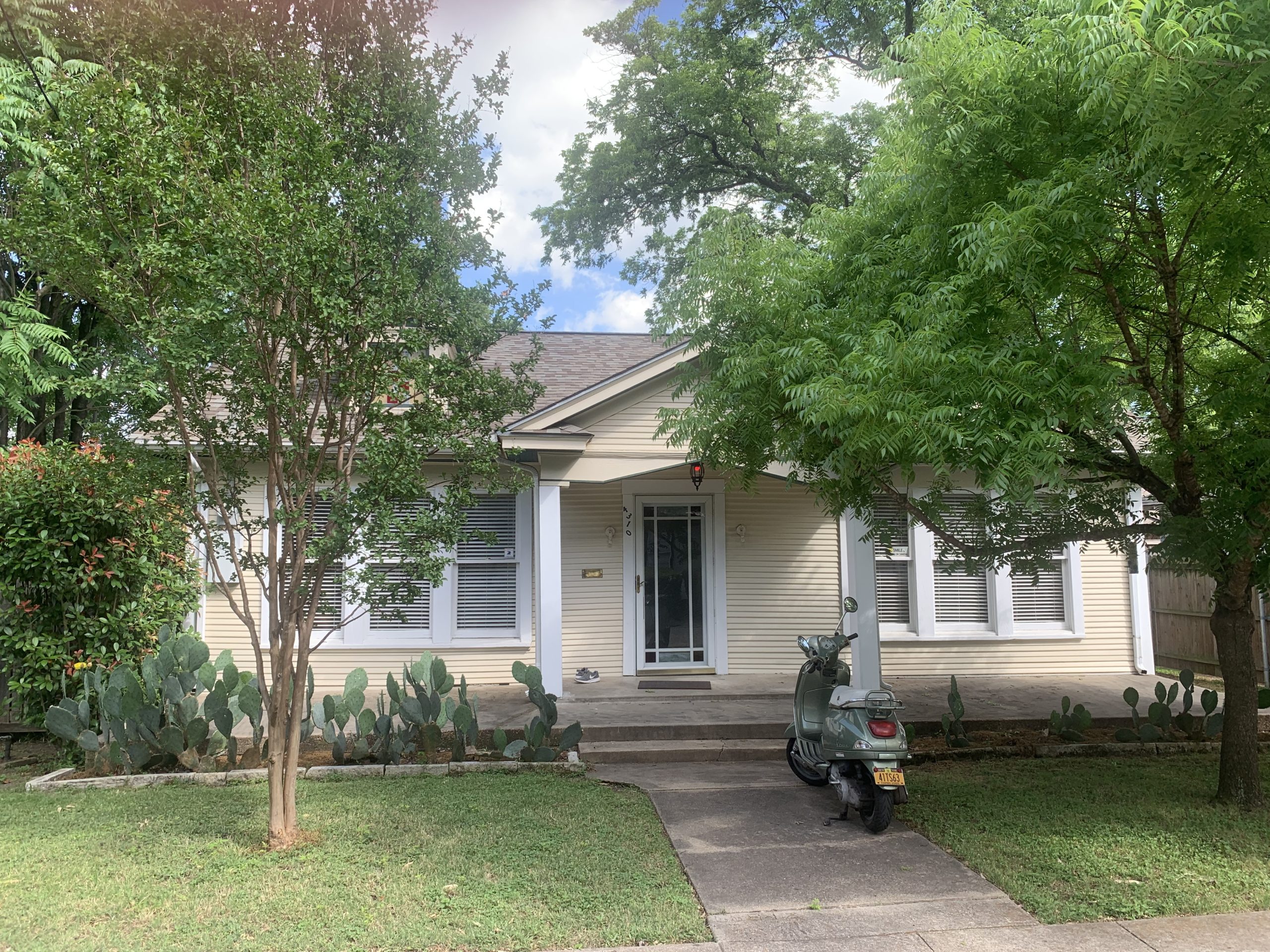











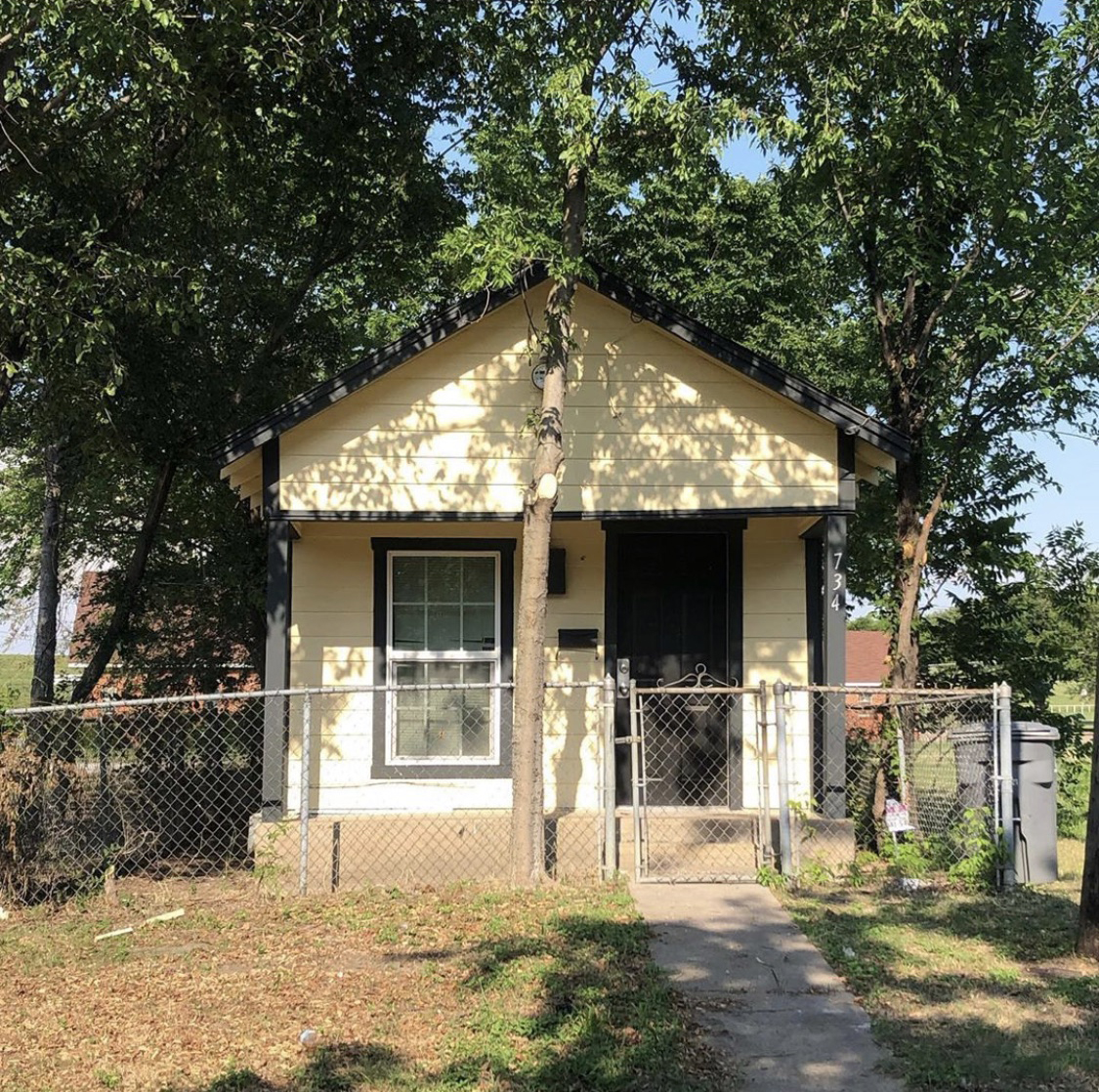
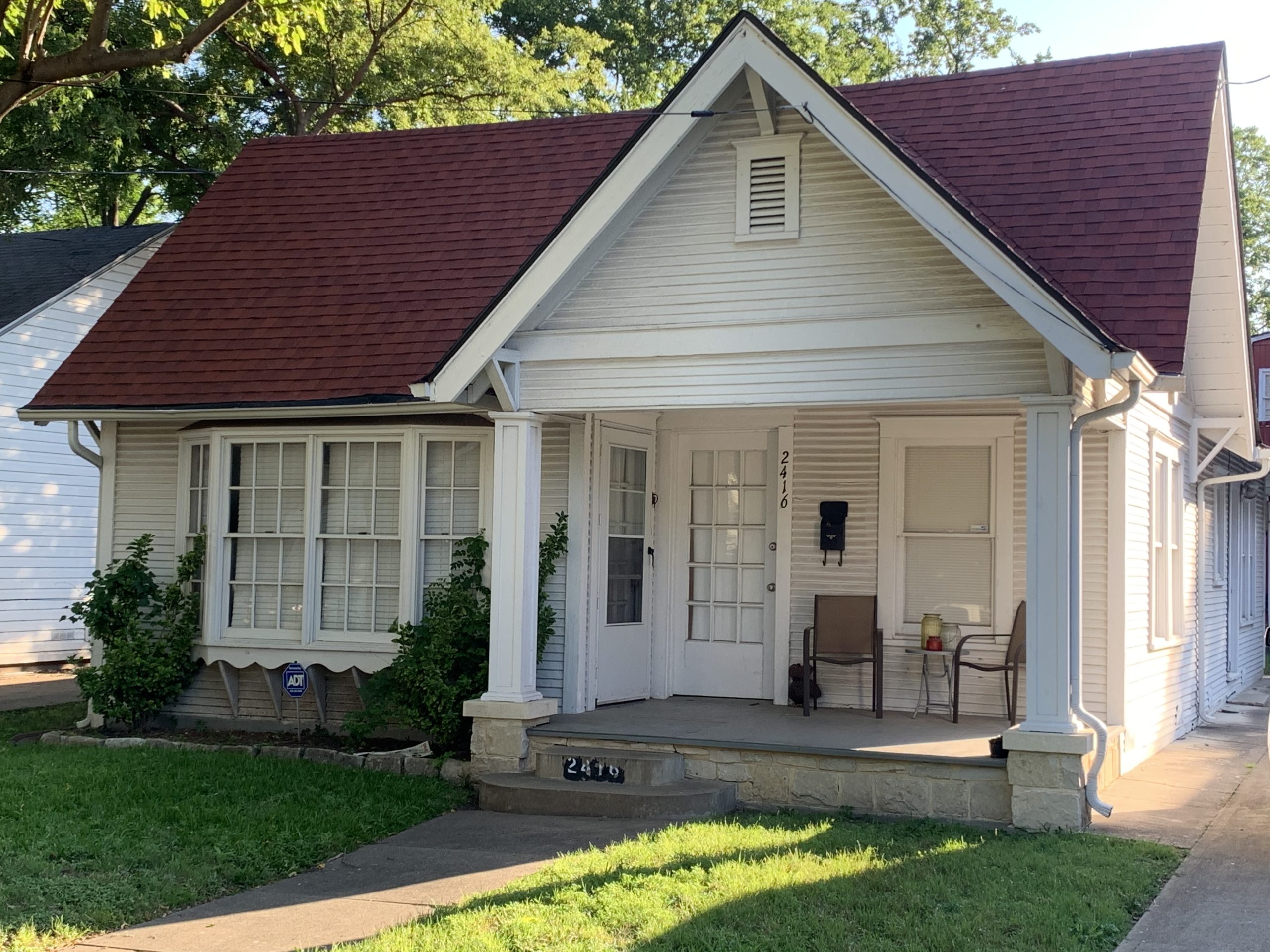







8. Dilute Good Neighborhoods Or Improve Bad Neighborhoods
There are not any affordable homes where people want to live.
– Dallas Real Estate Council Board Member
New Urbanists, like the head of the Dallas Real Estate Council, declared that there are not any affordable homes where people want to live. Their resulting strategy is to extract lower income people from their deteriorating neighborhoods and relocate them to new subsidized apartment units on expensive lots in the expensive neighborhoods.
Organic Urbanists Favor Improving Neighborhoods Not Extracting and Relocating Tenants
Organic Urbanists think the opposite of New Urbanists. They are in favor of improving low-income neighborhoods and making them more attractive for both low and middle-income residents.

On Each Lot, $450,000 is Left Over for New Sidewalks, Street Lights, Parkway Trees…
Organic Urbanists understand that if a lot in an expensive neighborhood cost $500,000 and a lot in a deteriorated neighborhood cost $50,000, the same number of affordable homes could be built on either priced lot. However, if the affordable homes were built on the inexpensive $50,000 lot, there would be $450,000 left over to spend on new sidewalks, curbs, parkway trees, attractive street lights, and internet connectivity, which would make the neighborhood more desirable and attract people to the neighborhood.

Granny Flats Do Not Increase Affordable Housing or Help
Seniors
Maybe the best example of the difference between New Urbanism and Organic Urbanism is their respective position on granny flats/ADU’s (additional dwelling units).
The New Urbanism idea of granny flats is sweeping the country. The mantra used in Dallas is that granny flats provide more affordable housing and allow senior homeowners to remain in their homes. A few months ago, the Dallas Assistant Director of Housing made a presentation to the Dallas Architecture Forum. She repeated this economic justification for granny flats. She said that they will create more affordable housing and allow senior homeowners to remain in their homes. When asked what the projected square footage cost of a granny flat was, she said she had no idea of the cost, as there had not been any discussion of the cost of a granny flat, and this question had never come up within the housing department or City Council.

Hickory Crossing Cottages for Homeless
Just like the city romanticized about $300 square foot homeless cottages being the future of solving the homeless problem, the city is romanticizing that granny flats/ADU’s create more affordable housing.
Homeless Cottages Cost $300 a Sq.Ft.
Organic Urbanism, on the other hand, looks for the best economic ways for the city to evolve for senior citizens and those needing affordable homes. If a nonprofit in Dallas spent $300 a square foot to build the $400 square foot Hickory Crossroads cottages for the homeless, it becomes obvious to an Organic Urbanist that renovating existing houses is a more cost-effective way of providing affordable housing than building new granny flats. In fact, existing single family homes in many neighborhoods cost even less than a new homeless cottage. Using the homeless cottage cost figures, building a 600-square foot apartment over a garage might cost $200,000.
This does not make a one-bedroom granny flat apartment affordable or lower the cost for a senior homeowner to remain in their home.



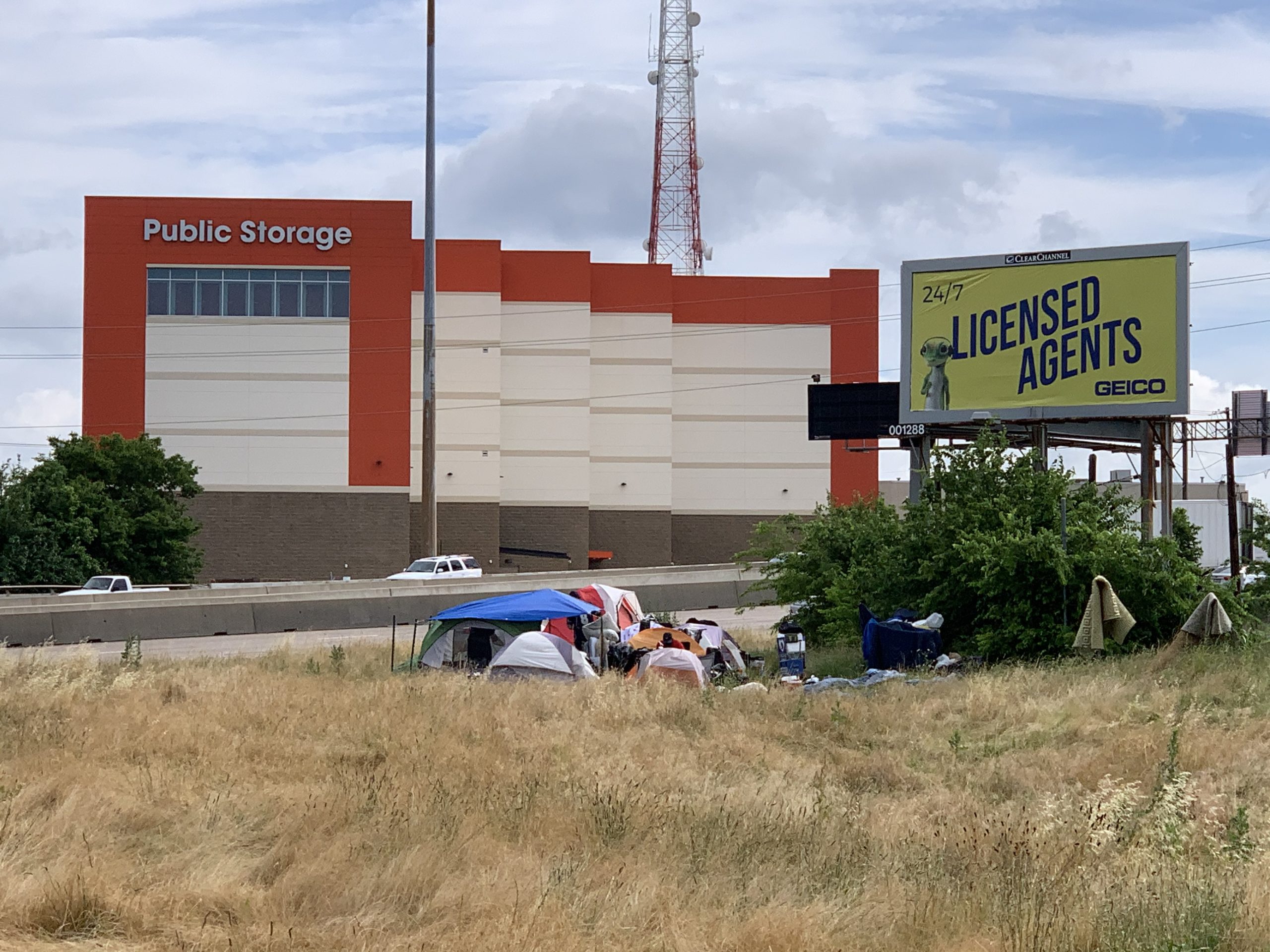
Granny Flats are Not For Grannies.
In the meantime, a two-story granny flat removes a canopy of trees, looms over the neighbor’s property, lines the front curb with on-street parked cars, and creates more transience in the neighborhood.
Also, I might point out that I have come to find the more dishonest the name of a policy, the more likely the policy is flawed. How many of you grandmothers in the room are called granny? How many grannies do you know who want to climb a flight of stairs to enter the last apartment of their life?
Top Down Tyranny of New Urbanists
New Urbanism wants to create a city where people are forced to walk, forced to take fixed rail, forced to live in buildings shared with subsidized renters, and forced to live jammed together in dense neighborhoods, all in the name of vibrancy.
Organic Urbanism represents an alternative to the top-down tyranny of the New Urbanists. We recognize that the cycles of deterioration and rejuvenation create environments that people desire, a place where they can afford to live and work.
Cycles of deterioration and rejuvenation create opportunities for all incomes.
– Douglas Newby
Organic Urbanism Recognizes the Flowering Potential of a City
Organic Urbanism recognizes the flowering potential of a city. Organic Urbanism allows everyone to be a hero in their own life as their individual creativity and self-expression can be manifested. Embracing Organic Urbanism, every person can impact the significance and stewardship of their city, their neighborhood, and their home.
If you are in favor of a vibrant, organic city that comes with its bumps and bruises that should be nurtured and filled with love and care, then you too are an Organic Urbanist. We need to reintroduce the concept that cities are not for planners or trains but people. With your support, Organic Urbanism can eradicate New Urbanism in our lifetime.

First Presented at SMU Town and Gown
Douglas Newby first presented Organic Urbanism is the Cure for New Urbanism in a talk given to SMU Town and Gown. Douglas Newby has studied and written about the evolution of cities for over 45 years.


